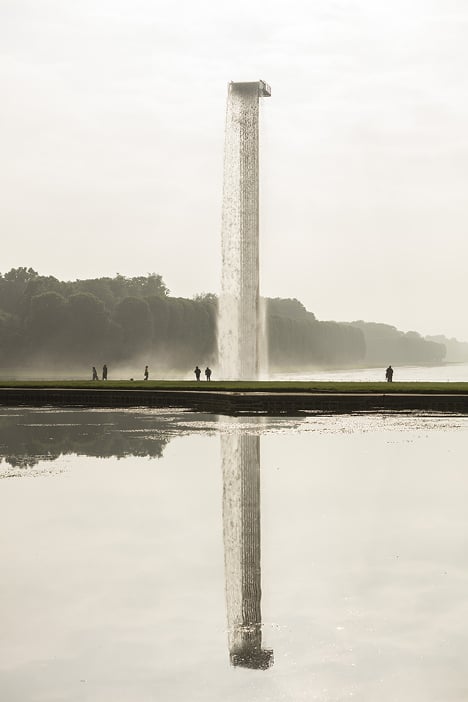
 Photo: Anders Sune Berg/Chateau de Versailles Official Website
Photo: Anders Sune Berg/Chateau de Versailles Official Website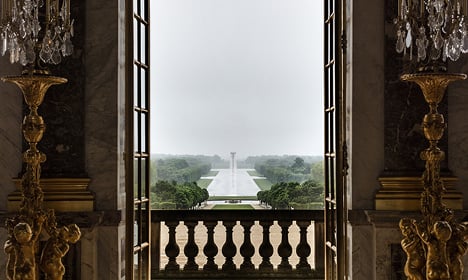 (Photo: Anders Sune Berg/Chateau de Versailles Official Website)
(Photo: Anders Sune Berg/Chateau de Versailles Official Website)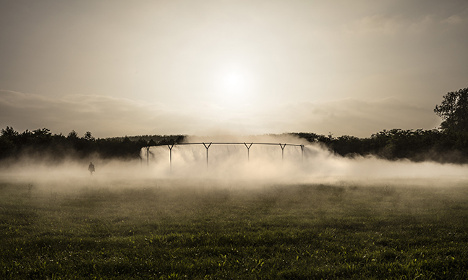 Photo: Anders Sune Berg/Chateau de Versailles Official Website
Photo: Anders Sune Berg/Chateau de Versailles Official Website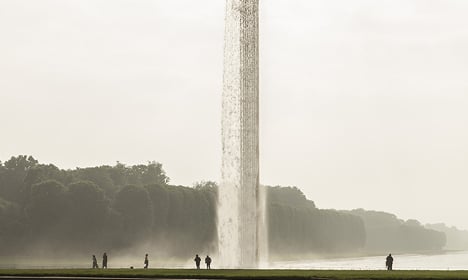 Photo: Anders Sune Berg/Chateau de Versailles Official Website
Photo: Anders Sune Berg/Chateau de Versailles Official Website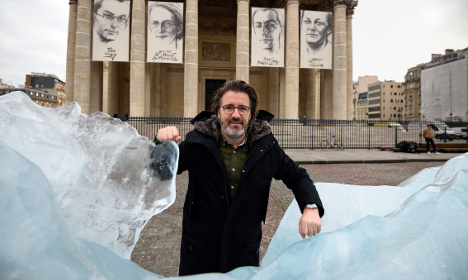 Eliasson with his glacier installation in Paris last year. Photo: AFP
Eliasson with his glacier installation in Paris last year. Photo: AFP


 Please whitelist us to continue reading.
Please whitelist us to continue reading.
Member comments